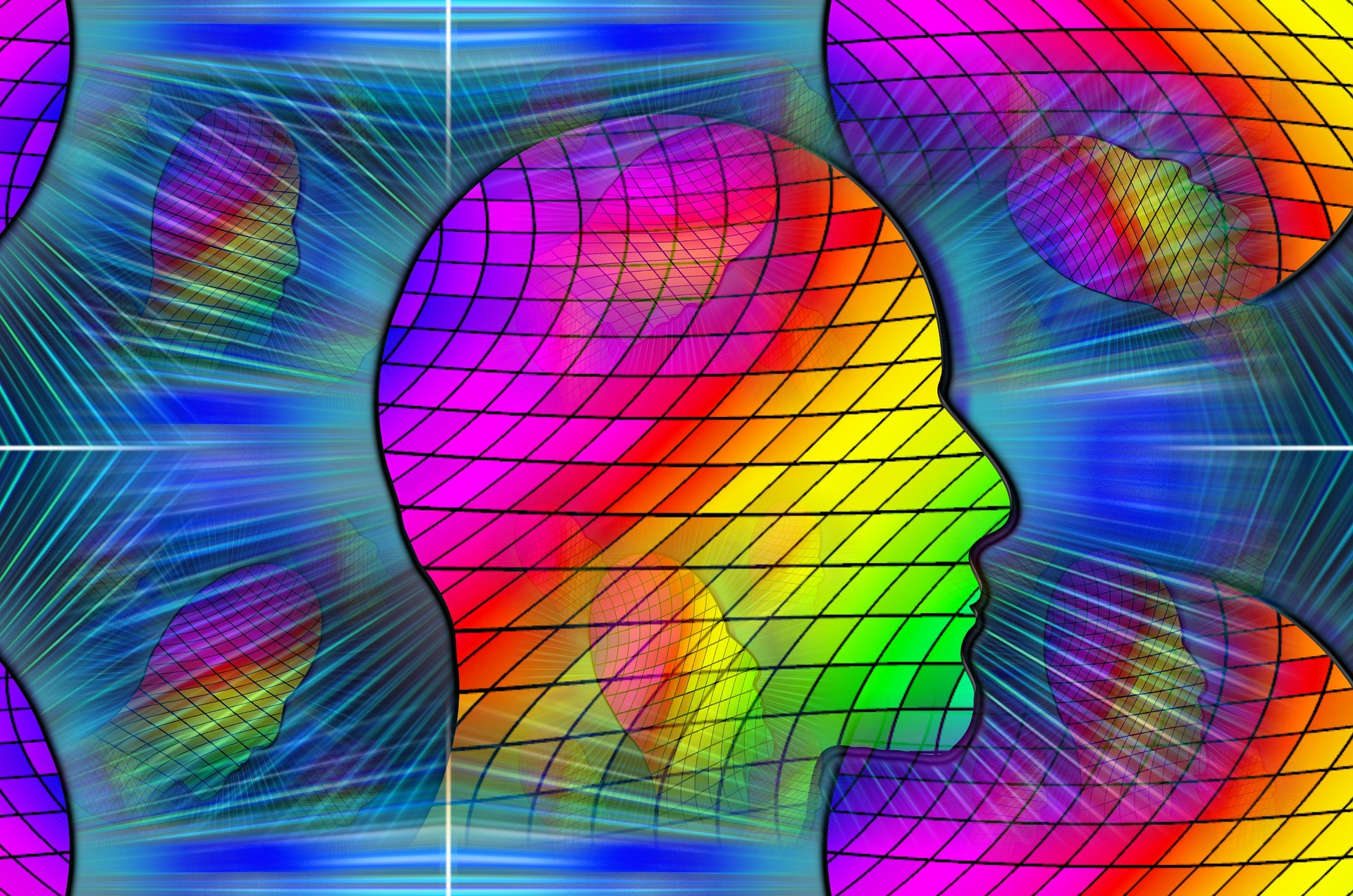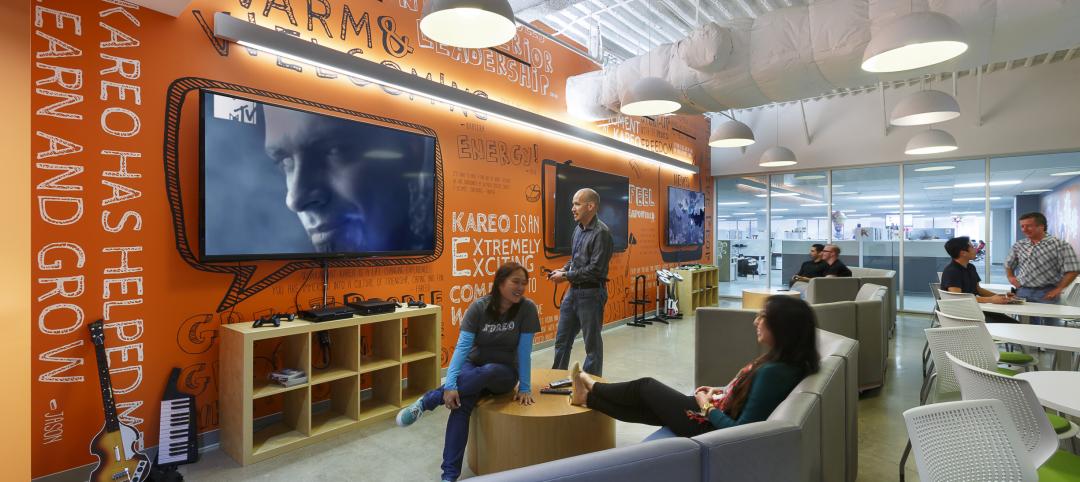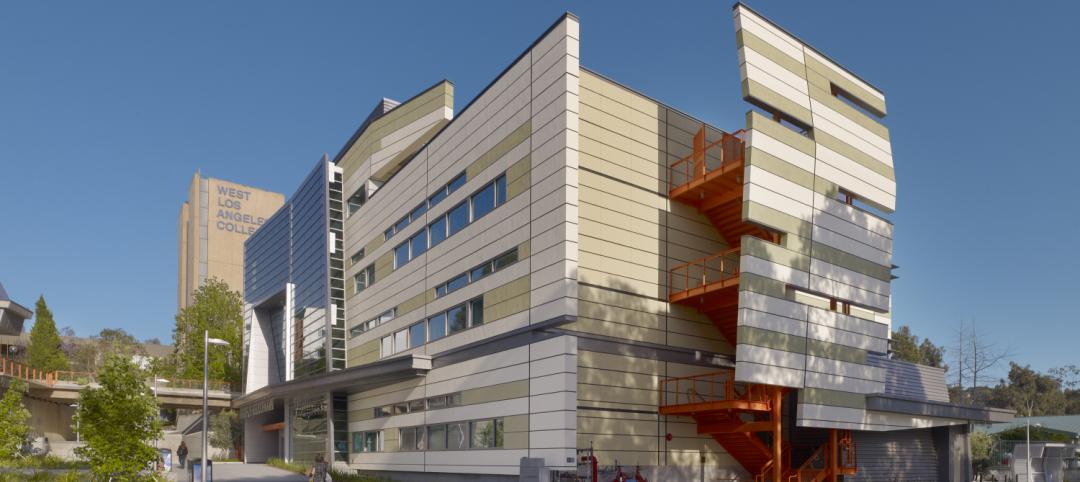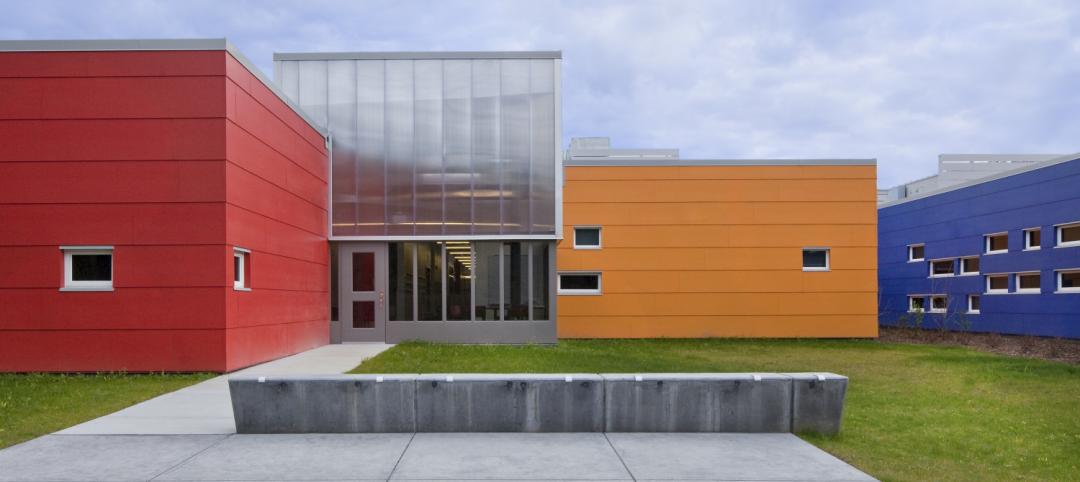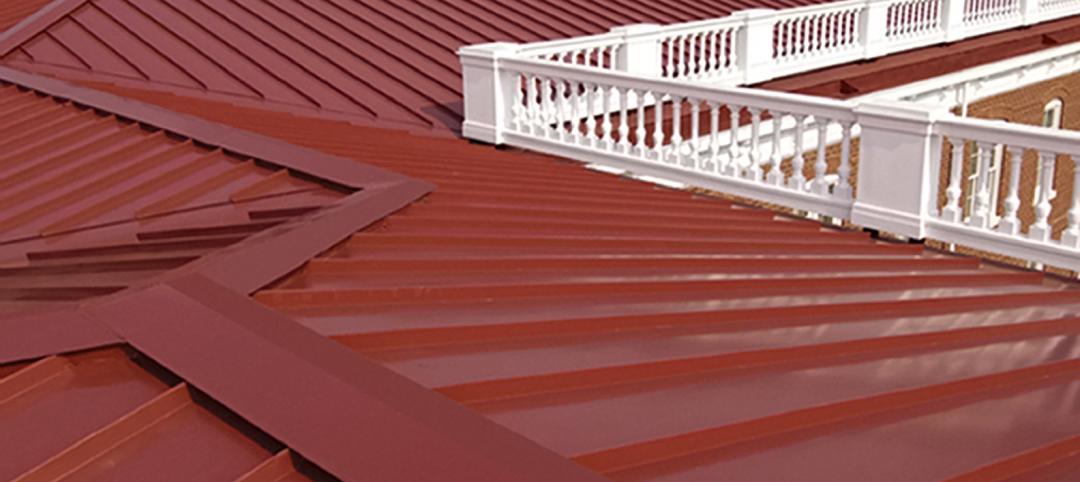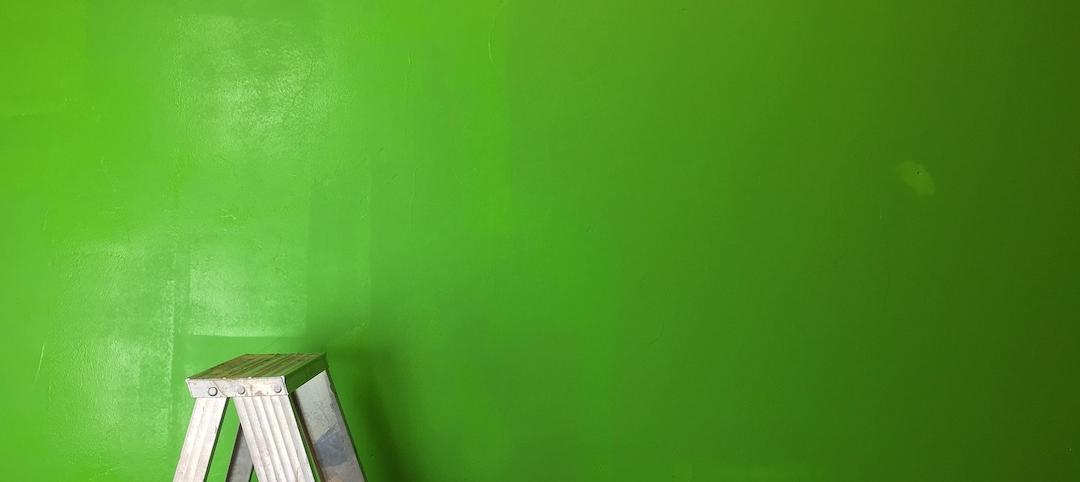There are aspects of basic colors that are commonly known to be true. Combining blue with yellow creates green, for instance. Red means stop, green means go. The appearance of color itself to the human eye comes from the stimulation of cone cells, caused by visible light waves.
But not everyone sees colors the same way. Color blindness is one example where people physically perceive and differentiate hues that may be completely unavailable to others. Psychologically, colors can elicit various emotions and affect behavior, to the point where fields of study have formed to analyze color preferences and associations. This is all in the pursuit of better understanding and, of course, persuading potential buyers of goods and services.
Color trends even have a bearing on the moods and attitudes of society at the time. Historically, colors are tied to certain decades or years — the swinging 1960s saw bright and “psychedelic” hues come to the forefront, while the recession and environmental movement of the 1970s brought about muted, earthy tones. Pantone’s pick for 2017 Color of the Year, Greenery, is said to reflect the current cultural climate of minimalism, healthier lifestyles, and returning to the outdoors[1], a cultural trend that was widely seen in the U.S. National Park Service’s centennial celebration in 2016.
Individually, people may strongly associate colors with certain moments or feelings, and these are often seen in the hues selected for university and college campuses, hospitals, retail, and other building sectors. Neutrals and soft colors are prominent in patient rooms and family waiting areas to create peaceful, stress-free environments, while bold and vibrant colors on school campuses reinforce the university’s mission and spirit for students, faculty, and visitors.
Gender has also been cited as affecting the perception of colors. Men are much more likely to be colorblind than women, with as many as 8 percent of men (compared to 0.5 percent of women) having red-green color blindness.[2] Women are also said to be able to see a wider range of colors than men and can discriminate among colors as well as perceive more subtle color changes.[3]
Forecasting what colors will be prominent on and inside buildings each year is a carefully considered art. Aside from the cultural and economic factors that experts weigh on, Valspar color strategist Sue Kim says some of what’s considered in trend research really does come down to human psychological and emotional responses to different colors.
“When we look at color, naturally, it’s in us. We just react to the colors in a different way. It’s a more fundamental, psychological reaction,” Kim says. “When you see red, you see urgency, like fire or fire engine red, whereas hospitals tend to be white and blue because it has to be a clean, neutral and inviting environment. Certain colors do have characteristics that represent the mood and function and benefit that you want to put out.”
Related Stories
Sponsored | Coatings | May 6, 2015
Color and Contrast in the Built Environment
Because color is incredibly subjective, personal and situational, it is difficult to study scientifically. There is no conclusive evidence to fully support one color’s beneficial effects on the human mind and body over another color.
Sponsored | Coatings | Apr 20, 2015
Wayfinding With Color
Color’s prominent role in wayfinding has become a focus in architecture, as color association is strong and memorable for regular occupants and occasional visitors alike.
Sponsored | | Mar 23, 2015
Brightening Young Minds with Color
Education is changing, and school design is changing with it. The old-fashioned classroom, filled with rows of front-facing desks, is giving way to other types of learning spaces.
Sponsored | | Feb 25, 2015
Light and bright can cool you down
Colors can be a helpful tool for meeting energy performance goals.
Sponsored | | Jan 15, 2015
5 design considerations when selecting color for healthcare facilities
In an environment where the chief task is to heal the sick and injured, color matters for both patients and healthcare personnel.
Sponsored | | Dec 12, 2014
Coloring in the Lines
Behind the science – and history – of finding the ‘right’ color
Sponsored | Coatings | Nov 6, 2014
Spanning the Spectrum
Chameleons are known for changing their skin colors to suit the observer, but what if a building can too?


